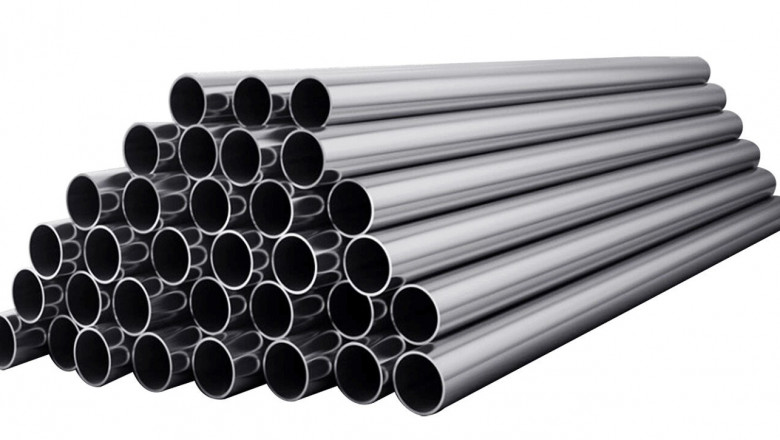views
When the Heat is On: Why Stainless Steel 321/321H Pipes & Tubes Still Rule
You might be thinking, "Stainless steel? That's old news!" And while the basics have been around for a while, the specific properties and continuous relevance of alloys like 321 and 321H in today's industrial landscape are fascinating. Especially for things like pipes and tubes, where integrity under pressure and heat is non-negotiable.
The Challenge: High Heat and Sensitization
Imagine a chemical plant, an oil refinery, or even a jet engine. Temperatures soar, corrosive elements are present, and the last thing you want is for your piping to fail. Many standard stainless steels, while great for general corrosion resistance, can run into a problem called sensitization when exposed to prolonged temperatures between 425°C and 815°C (800°F and 1500°F).
What's sensitization? Basically, at these elevated temperatures, chromium carbides can precipitate at the grain boundaries within the steel. This depletes the surrounding areas of chromium, making the steel highly susceptible to intergranular corrosion. Think of it like tiny, invisible cracks forming from within, leading to catastrophic failure. Not ideal, right?
Enter Titanium: The Game Changer
This is where SS 321 and 321H step in. The magic ingredient here? Titanium.
Both 321 and 321H are essentially Type 304 stainless steel, but with a crucial addition: titanium. This titanium acts as a stabilizing element. When the steel is exposed to those sensitizing temperatures, the titanium preferentially combines with carbon to form titanium carbides, rather than allowing chromium carbides to form. This keeps the chromium in solution, maintaining the steel's excellent corrosion resistance, even after prolonged high-temperature service.
- Stainless Steel 321: The standard stabilized version, offering excellent resistance to intergranular corrosion after exposure to high temperatures.
- Stainless Steel 321H: The "H" stands for "high carbon." This version has a controlled higher carbon content (between 0.04% and 0.10%) which, when combined with titanium stabilization, enhances its elevated temperature strength and creep resistance. So, it's not just about corrosion; it's about holding up under stress when it's hot.
Where You'll Find Them: The Unsung Applications
So, where do these specialized pipes and tubes make their mark? Pretty much anywhere high temperatures are encountered, and where the risk of sensitization is a concern.
- Petrochemical & Chemical Processing: Think of the maze of pipes in a refinery. From crude oil distillation units to catalytic converters, 321/321H pipes handle hot gases and liquids, preventing costly shutdowns due to intergranular corrosion.
- Aerospace Industry: Jet engine exhaust manifolds, afterburner parts, and other components exposed to intense heat rely on the high-temperature strength and oxidation resistance of 321/321H tubes. Weight is critical here, and these alloys deliver performance without excessive bulk.
- Power Generation: In power plants, particularly those using superheated steam, 321/321H pipes and tubes are found in boiler components, superheaters, and heat exchangers where operational temperatures are consistently high.
- Heat Exchangers & Furnaces: Any industrial furnace or heat exchange system operating in the sensitizing temperature range will often specify 321 or 321H for its internal piping and tubing, ensuring longevity and efficient heat transfer.
- Expansion Joints & Bellows: Due to their excellent mechanical properties at elevated temperatures and good formability, 321/321H is ideal for fabricating expansion joints in high-temperature ducting systems, accommodating thermal movement without stress.
- Food Processing (High Temperature): While less common than 304/316, certain high-temperature applications in food processing, like specialized baking or sterilization equipment, might opt for 321/321H to ensure hygiene and integrity under sustained heat.
Looking Ahead
As industries continue to push the boundaries of efficiency and performance, operating at increasingly higher temperatures and pressures, the demand for reliable materials like Stainless Steel 321 and 321H isn't going anywhere. They offer a perfect blend of corrosion resistance, high-temperature strength, and weldability, making them indispensable for critical infrastructure worldwide.






















Comments
0 comment